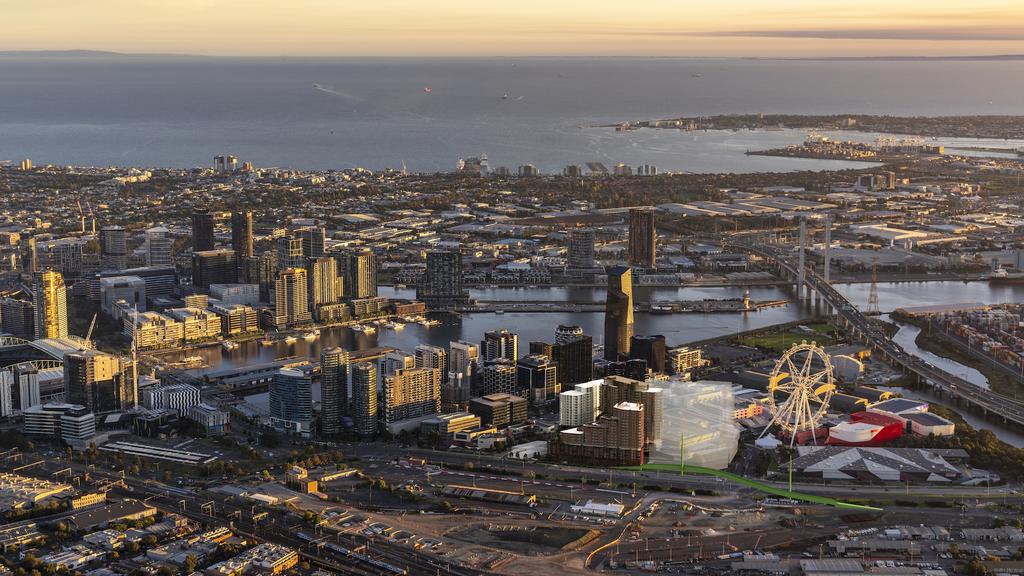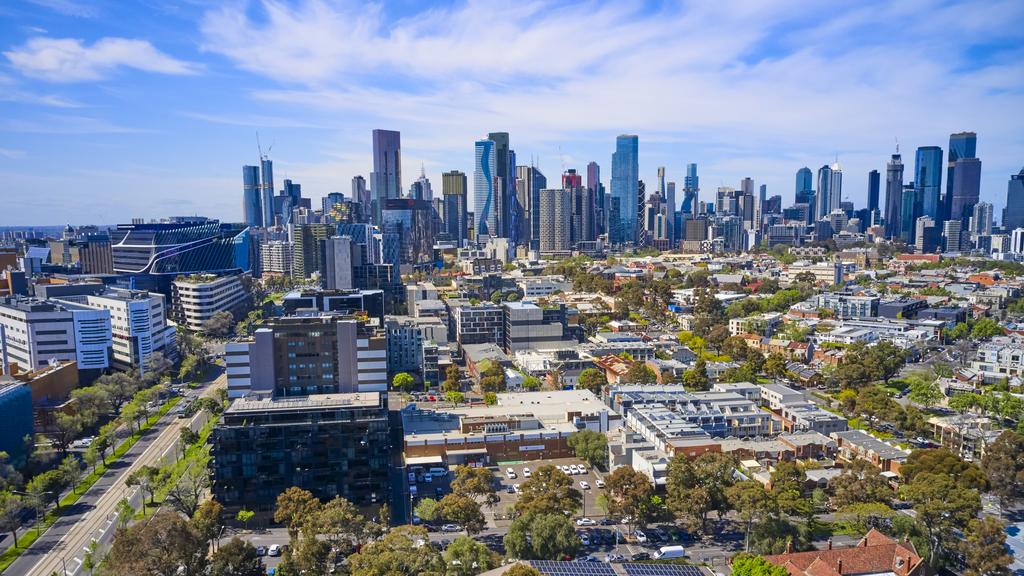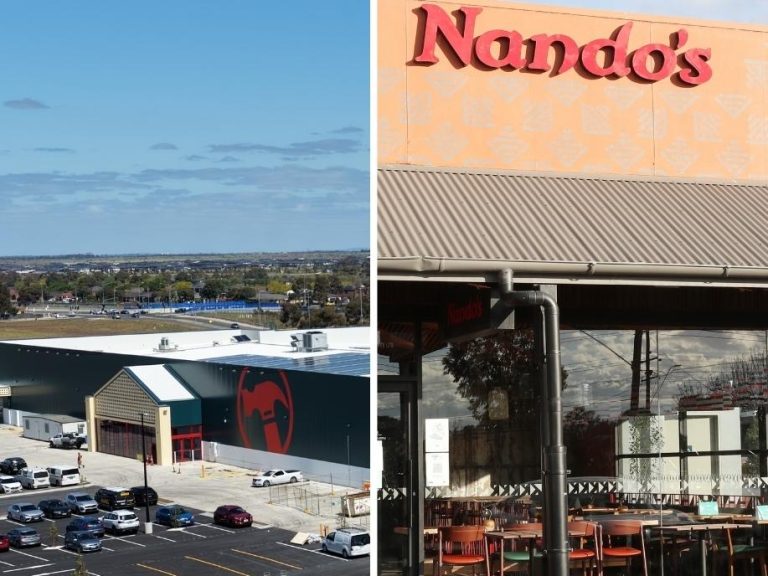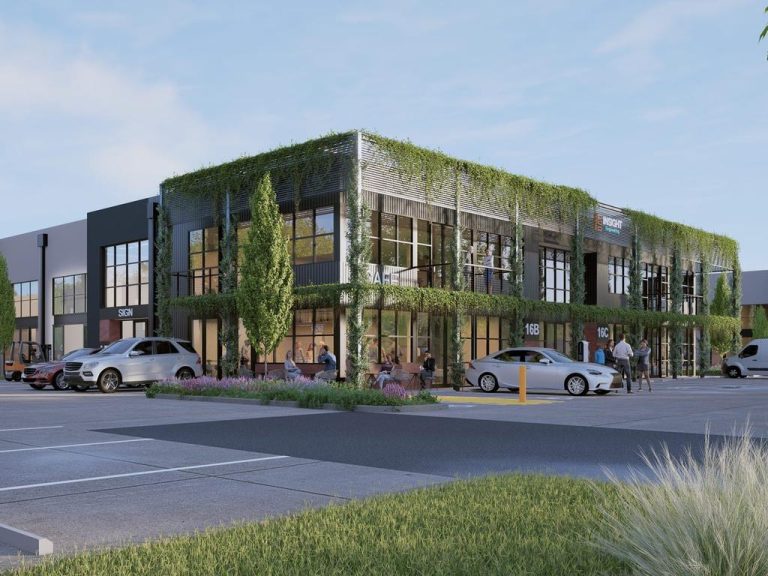City surge as developers take rental living to the next level

Big players Sentinel and Ashe Morgan are capitalising on Melbourne’s status as the country’s top build-to-rent market.
Melbourne is leading the charge in its status as the leading city as more build-to-rent projects take flight, with new additions from US giant Sentinel Real Estate Corporation and local player AsheMorgan.
The Australian arm of US development and real estate investment firm Sentinel has swooped on a new site in North Melbourne for its expanding build-to-rent operations.
The specialist operator picked up the site from the Australian Red Cross, which put it on the block last year with hopes of reaping $60m. It was expected to be chased by medical, education, student accommodation and residential groups.
JLL agents Josh Rutman, Jesse Radisich and MingXuan Li brokered the transaction with Charter Keck Cramer as transaction adviser.
The property in the heart of the Melbourne Biomedical Precinct can accommodate about 350 rental apartments across two buildings on the site, which Sentinel will develop and manage as part of its venture with Dutch pension fund manager PGGM.

Sentinel has acquired a site at 23-47 Villiers St in North Melbourne for a build-to-rent development
The blocks planned on the 6528sq m site at 23-47 Villiers St are Sentinel’s sixth build-to-rent complex in Australia and its second in Melbourne. It recently developed a 172-apartment project, The Briscoe, in West Melbourne, which is opening later this year.
The purchase takes Sentinel’s pipeline in Australia to more than 1600 rental units under various stages of development or operation. The new apartments will be operated by Sentinel’s Australian property management platform, Kinleaf.
Sentinel’s managing director in Australia, Keith Lucas, said the site was a “meaningful opportunity to deliver a significant boost in housing choice for the area that will support the rapidly growing health and education precinct”.
“We’re looking forward to leveraging our experienced and established build-to-rent platform to transform this well-located inner-city site into a vibrant and sustainable community with high-quality rental apartments, a wide range of resident amenities, and a professionally managed rental experience,” Mr Lucas said.
PGGM senior director, private real estate, Jikke de Wit, said the project will “support the creation of quality and low carbon housing that is well-positioned to benefit healthcare professionals”.
Real estate investment and advisory house AsheMorgan has separately unveiled plans for one of the country’s largest built-to-rent projects with a scheme in the Docklands.
The $700m-plus project, known as District Living, will have more than 900 apartments across two buildings and will offer a mix of studios, one, two, and three-bedroom apartments.
Residents will have access to a state-of-the-art wellness centre, including a fitness studio, plunge pool, sauna and steam room and a sky terrace with kitchen, dining and relaxation spaces.
The large-scale project is positioned adjacent to the city’s largest supermarket, Costco and AsheMorgan’s existing The District Docklands mixed-use urban precinct.
AsheMorgan development director Mat Stoddart said the project would help cater to the growing demand for high-quality apartments in the area.
“Melbourne is facing a significant under-supply of housing over the coming four years; research suggests that there will be an under-supply of around 10,000 residences in 2026 alone.
“Couple this with a tight rental market and over 67 per cent of the population in Docklands already renting, it is an area ripe for a well-designed BTR development,” he said.
Building on the blocks is slated to kick off next year, and they will target a Docklands market aged between 20 and 40, mainly working as professionals or managers.
“We have delved into understanding more deeply how people want to live, which has led us to be much more generous and considerate in our design approach for these apartments, with a portion specifically designed with families in mind,” he said.
Melbourne is facing a significant under-supply of housing over the coming four years.







